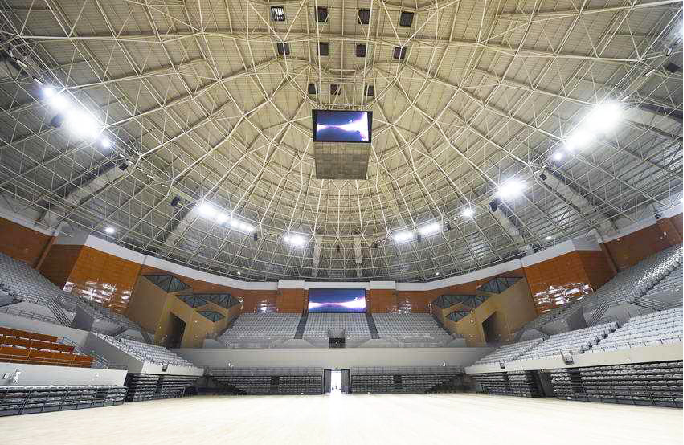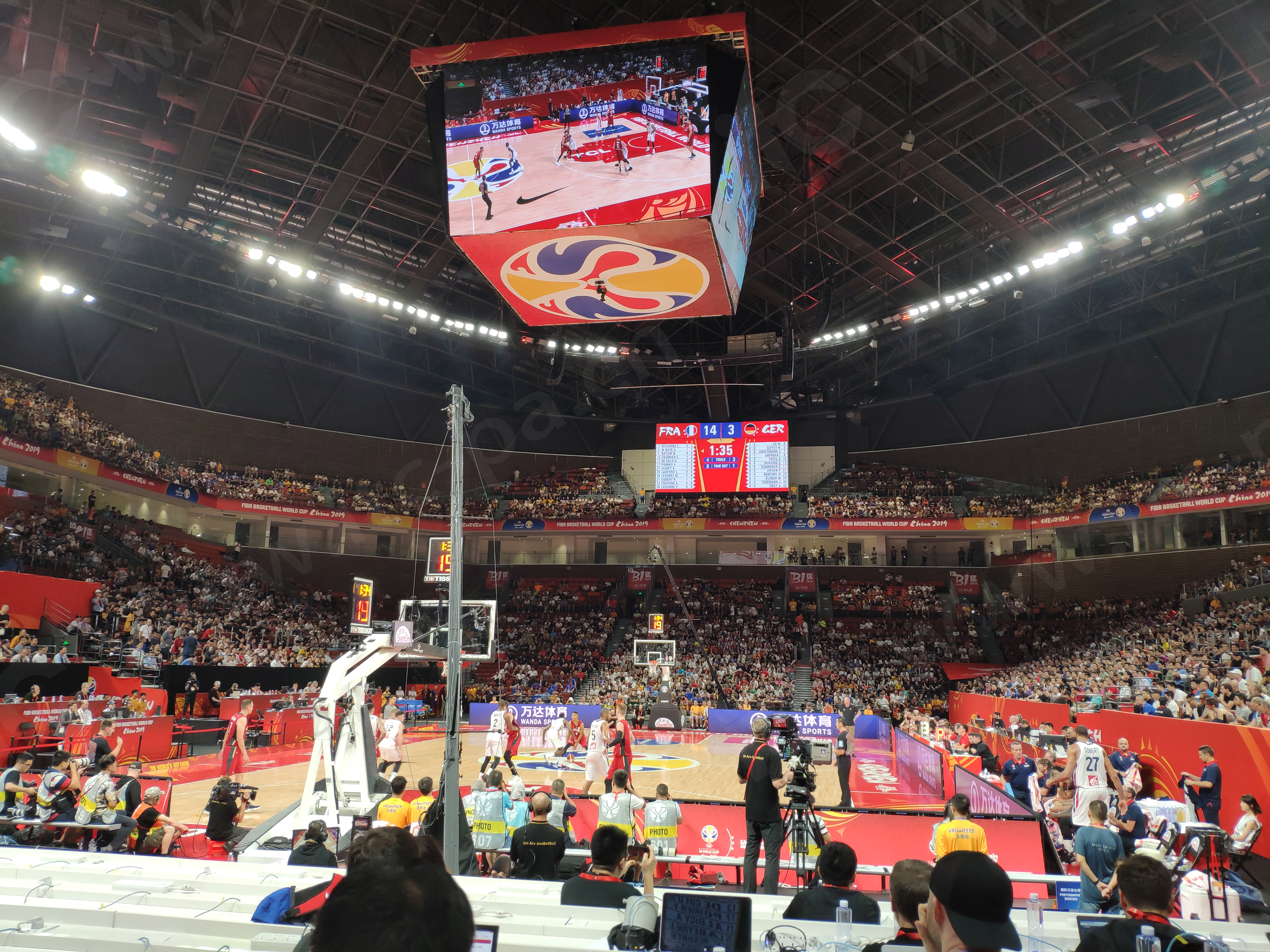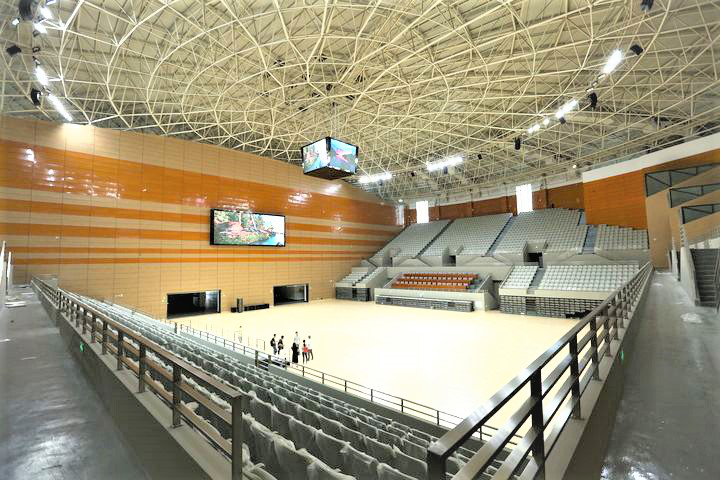As the range of LED displays continues to grow, the underlying principles of LED screens remain consistent, with only external forms, materials, applications and usage areas evolving. These specialised names allow for market segmentation based on specific requirements, with variations such as unique forms including soft screens, floor tile LED displays, and stadium screens.
The primary function of LED displays in sports stadiums is to showcase live events, match times, and scores, as well as to display sponsor advertisements. These displays are typically distributed both inside and outside the venue. They provide spectators with an immersive visual experience that leaves them inspired and engaged.

In today's global sporting events, such as the NBA, Olympics and European Championships, LED displays have become an indispensable feature of sports venues. LED large screen display systems have replaced traditional lighting and CRT screens, becoming a vital component in modern sports arenas. Let us examine the particular requirements for LED displays in sports stadiums.
LED panels for video wall in sports stadiums must be safe and stable. Safety is important in public spaces, especially during sports events. Any problem can have a big impact, so it's important to make sure the engineering is solid. Fibre optic transmission prevents signal loss, so live broadcasts and replays are not delayed. Guards can also be used to prevent accidents. If one power source fails, the other can take over, ensuring the LED screens stay on.

LED screen panels in sports stadiums must be capable of supporting a variety of input interfaces to ensure optimal functionality. In addition to real-time on-site broadcasts from cameras, these displays should be able to broadcast TV and satellite programmes, play VCDs, DVDs, LDs, and a range of custom video signal programmes. The displays should be compatible with a range of standards, including PAL and NTSC, and be capable of displaying a variety of content, including graphics, text, and video, from computers. Furthermore, the displays must be able to connect to referee systems, timing and scoring systems, and display match times and scores in real-time.
LED displays in sports stadiums must be flame retardant, have good protection and be able to dissipate heat. This is particularly important for outdoor events held in different climates. Displays used in the south must be moisture resistant, those used in high-altitude regions must be able to withstand cold, and those used in desert areas must be able to dissipate heat.
Wider viewing angles and higher refresh rates are essential for LED displays in sports stadiums to ensure clear video display. This is of particular importance when presenting athlete profiles, scores, slow-motion replays, exciting moments, close-up shots, and other live broadcasts, to ensure optimal visibility and clarity for the audience.

The selection of appropriate pixel pitch-led video wall panels for sale in sports stadiums depends on the viewing distances involved. Outdoor sports stadiums typically opt for larger pixel pitch displays, such as P6 or P8, while indoor venues with denser audiences and closer viewing distances may choose P4 or P5 for optimal viewing experiences.